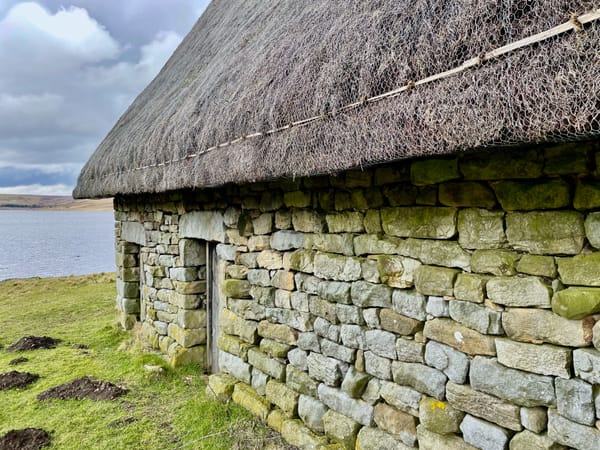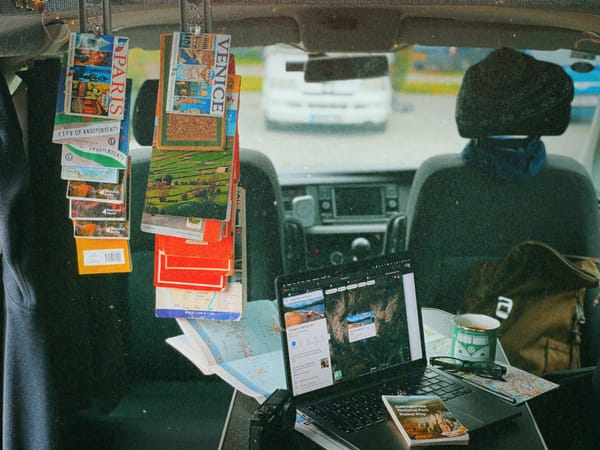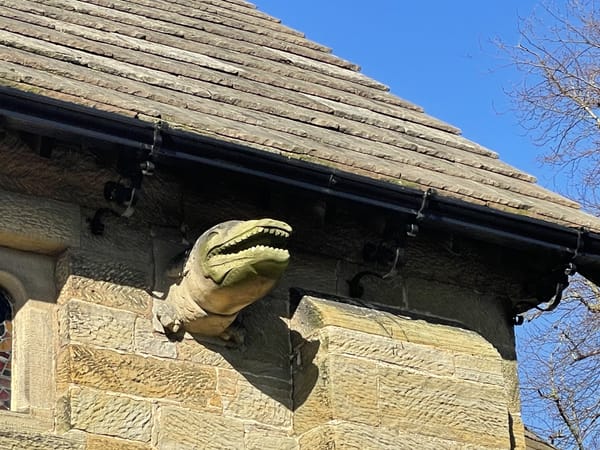Spirit of a Place Exhibition. Bury Art Museum. On until April 2022.
When people look back upon our time, I think that one of the defining phrases to describe our generation might be ‘the era of detachment.’ Perhaps it’s too harsh a description, but there is a growing sense that, because of the way that we live, and because of the rise of the private over the communal, we have become more alienated from our communities, from our environment and from our places. The rise of the algorithm has shaped the way we look at the world. Actually – it’s shaped the way that we don’t look at the world. Our technology allows us to travel to faraway places from the comfort of our sofa and have stuff delivered to our doorsteps within hours. But it is a gilded cage, and our high streets are suffering as a consequence. The problem is that the view of our high streets as primarily for retail is too limited.
Bury Art Museum’s latest exhibition called Spirit of a Place aims to counter disenchantment with our high streets by looking at Bury’s Silver Street and Market Place through the lens of artists, archives and artefacts from their collection, and through that, help redefine the way we relate to them.

The original spark that led to Spirit of a Place arose from my experience as a photographer. Photography helped me form new insights into our built heritage, it gifted me with new ways of seeing. Recently, the spark was re-purposed by some words that I read in a remarkable book by Alex Evans called The Myth Gap. In it is a quote by the writer and critic Michael Ventura:
“What each of us must do is cleave to what we find most beautiful in our human heritage – and pass it on…And to pass these precious fragments on is our mission.”
And so a series of inspired conversations and walks, with artist Lee Crocker, along the Silver Street corridor took place. Lee took up the baton and created an online resource that celebrated the notion of a place as being of value beyond our current norms. Into the mix came Kat Au who helped us shape the idea through her curatorial expertise into an exhibition.
The challenge was to help our community re-assess their relationship to our streets and form new sustainable attachments. The reality is that the inherent beauty of our streets has always been there – it’s just hidden in plain sight. Our idea was to build new perspectives by challenging local artists to interpret the street through their creative eye.

The interpretations that they created started a process that unravelled in ways that we did not expect. We all looked afresh at the streets that we had taken for granted for most of our lives. In them we saw new things. Contributing to the spirit of a place were messages held within the buildings we saw. The style and texture, the symbols and codes, the pattern and decoration. Patterns such as dog-tooth, egg and dart and guilloche revealed a language pregnant with coded messages: including a pagan green man, a unicorn in high relief, and a bold depiction of Atlantes. These buildings were inspired by Mediterranean pattern books, medieval illuminated texts and architectural visionaries such as John Ruskin. These buildings connected us with ancient civilisations and distant lands.
"The reality is that the inherent beauty of our streets has always been there - it’s just hidden in plain sight."
Out of this process was born an exhibition which I think is an exemplar and a way forward for re-assessing our transitional places. As well as creating new uses we need to change our perception and re-assess our relationship to place. The process that Lee, Kat, the team and I at Bury Art Museum went through felt like a stripping back – returning to the original nature of the street.
There was a time when our streets were something more than a cost-benefit exercise. People read their streets like personal memoirs – the desire routes of their lives taking them to the butchers that replaced the shoe shop, that had the acid yellow facade, that burnt down after being hit by a stray bomb in the war. These are stories that I heard my grandparents repeat over and over again. When they told them to me, they portrayed their industrious lives like busy bees filling in the places they inhabited with honeyed memories and sealing them intact by handing them down. My Grandad couldn’t read, but he was literate of the role places like Silver Street, had in his life and lyrical in the conveyance of it. Because he couldn’t read, Grandad used the lexicography of place to order his world. His language was richer because of it and, because it was rooted in his environment, he was invested in it.

To re-invigorate our identity and our rootedness we felt a need to re-connect to the people that had inhabited the street before us. So we asked volunteers to dig into our street’s past and record the names they found. Many of those names were painstakingly inscribed single handedly upon a stretch of wall in the art museum by Lee Crocker. Watching Lee slowly bring the wall to life with the names of our forebears had the feeling of an act of defiance against the transitory nature of our world. Because of this, the wall of names is an artwork in itself. The human hours put into it, and the names of those that have contributed to our present, were filtered through a living artists hand and revealed upon a wall for us all to see.

Finally, at the heart of the exhibition is an object which, through the combination of human ritual with a striking part of the landscape, is possibly the oldest surviving remnant that defines an act of place making in the historic heart of Bury. In this case it was the placing of a cinerary urn onto a bluff that had pre-eminence over the surrounding lie of the land. The cinerary urn which was found on The Wyld, might be regarded as one of the first material records that mark the ‘white hot act’ of a coming together of place – the embryonic beginnings of Bury. All should come to see it and feel the pull of place.
For me, the placing of the urn at the heart of the exhibition, reveals a new intent: to return to basic principles, to affirm the way that our places contribute to our identity and to enjoy our streets through new ways of seeing.








Member discussion